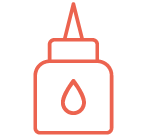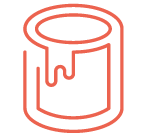THE LATEST
THE LATEST
Styrene-Butadiene Binders for Anode Coatings: Powering the Future of Lithium-ion Batteries
Styrene-Butadiene Binders for Anode Coatings
The Benefits of Emulsion Polymers in Recreational Surfaces: Enhancing Performance and User Experience
September 6, 2023
What’s in a Can? A Chat with THOR Specialties about Preservatives
September 26, 2019
The Chemistry of Modern Life: Water-, Oil- and Grease-Resistance Barrier Coatings for Food Packaging
January 2, 2018
The Chemistry of Modern Life: Emulsion Polymers in Bath and Steam Rooms
November 21, 2017
A Brief History of Styrene Butadiene Emulsion Polymers After 1945
November 7, 2017
A Brief History of Styrene Butadiene Emulsion Polymers Through 1945
October 23, 2017
What's in Your Can? A Chat With Evonik About Dispersants
September 1, 2016
 Construction
Construction
 Nonwovens
Nonwovens
 Adhesives
Adhesives
 Textiles
Textiles
 Printing & Packaging
Printing & Packaging
 Paper
Paper
 Paints & Coatings
Paints & Coatings


